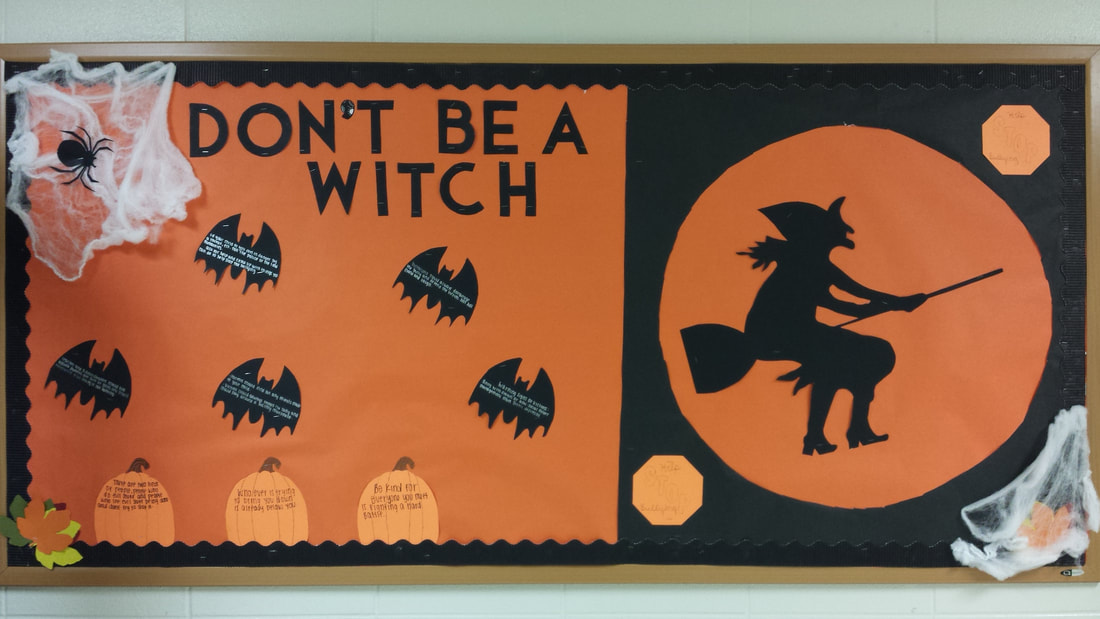Hi there! My name is Amanda Houser. I’m finishing up my student teaching experience this spring, and I have definitely learned a thing or two about utilizing technology in the classroom - even with remote and hybrid learning aside.
While it may have taken a literal pandemic to encourage New Mexico to move toward a 1 to 1 technology model, it has proven to be both awesome and a struggle for kids. Extended screen time can be hard for students to endure. By mixing in some well-timed collaborative digital activities using interactive websites, teachers can leverage the benefits of online learning while providing their students a break from traditional instructional approaches. One benefit of online teaching I have been experimenting with, thanks to my cooperating teacher, are digital escape rooms.
In a physical classroom environment, escape room activities are created using lock-boxes, riddles, and articles focusing on the unit content. Virtually, digital escape rooms can be customized for just about any educational topic and length of time - meaning endless opportunities. Whether you want to introduce an upcoming unit, take a virtual class tour of ancient ruins, or have students process information at the end of a unit prior to a summative assessment, they can be helpful to gauge where your students are at — and they're fun! I see the most engagement in my online students when they interact with digital escape rooms. Students who normally turn their Google Meet on and then walk away are collaborating with their groups, finding clues to "unlock" the webpage, "escape," and earn homework passes. Competitive students love it because they get a chance for bragging rights, and they learn something without feeling like they're being forced.
I like to use a Google Site as a base for an escape room, and then build forms, puzzles, and clickable pictures into it to create the room. There are other ways to accomplish them, but I find this is the simplest method. There are plenty of resources online from teacher blogs, where you can read about the strategy and see a step-by-step guide for creating your own digital escape rooms, to free and purchasable escape room activities from teacherspayteachers.com to help you engage students in any subject. Most recently, I created an escape room to introduce my students to the idea of gender roles in Shakespearean England and on the Renaissance stage. I knew if I had used any other method to introduce this topic, I would have been met with muted mics and no discussion from any of my groups. Instead, I had to turn the volume down on my computers, there was so much collaboration happening! While I don't think that digital escape rooms should be used on a daily basis, they can certainly provide a welcome distraction and novel learning opportunity for even the most reluctant students.
While it may have taken a literal pandemic to encourage New Mexico to move toward a 1 to 1 technology model, it has proven to be both awesome and a struggle for kids. Extended screen time can be hard for students to endure. By mixing in some well-timed collaborative digital activities using interactive websites, teachers can leverage the benefits of online learning while providing their students a break from traditional instructional approaches. One benefit of online teaching I have been experimenting with, thanks to my cooperating teacher, are digital escape rooms.
In a physical classroom environment, escape room activities are created using lock-boxes, riddles, and articles focusing on the unit content. Virtually, digital escape rooms can be customized for just about any educational topic and length of time - meaning endless opportunities. Whether you want to introduce an upcoming unit, take a virtual class tour of ancient ruins, or have students process information at the end of a unit prior to a summative assessment, they can be helpful to gauge where your students are at — and they're fun! I see the most engagement in my online students when they interact with digital escape rooms. Students who normally turn their Google Meet on and then walk away are collaborating with their groups, finding clues to "unlock" the webpage, "escape," and earn homework passes. Competitive students love it because they get a chance for bragging rights, and they learn something without feeling like they're being forced.
I like to use a Google Site as a base for an escape room, and then build forms, puzzles, and clickable pictures into it to create the room. There are other ways to accomplish them, but I find this is the simplest method. There are plenty of resources online from teacher blogs, where you can read about the strategy and see a step-by-step guide for creating your own digital escape rooms, to free and purchasable escape room activities from teacherspayteachers.com to help you engage students in any subject. Most recently, I created an escape room to introduce my students to the idea of gender roles in Shakespearean England and on the Renaissance stage. I knew if I had used any other method to introduce this topic, I would have been met with muted mics and no discussion from any of my groups. Instead, I had to turn the volume down on my computers, there was so much collaboration happening! While I don't think that digital escape rooms should be used on a daily basis, they can certainly provide a welcome distraction and novel learning opportunity for even the most reluctant students.
Amanda Houser is a graduate student in the Secondary Education Program at the University of New Mexico. Her future language arts students will be lucky to have her! Check out this Ed Tech themed digital escape room she created.

 RSS Feed
RSS Feed